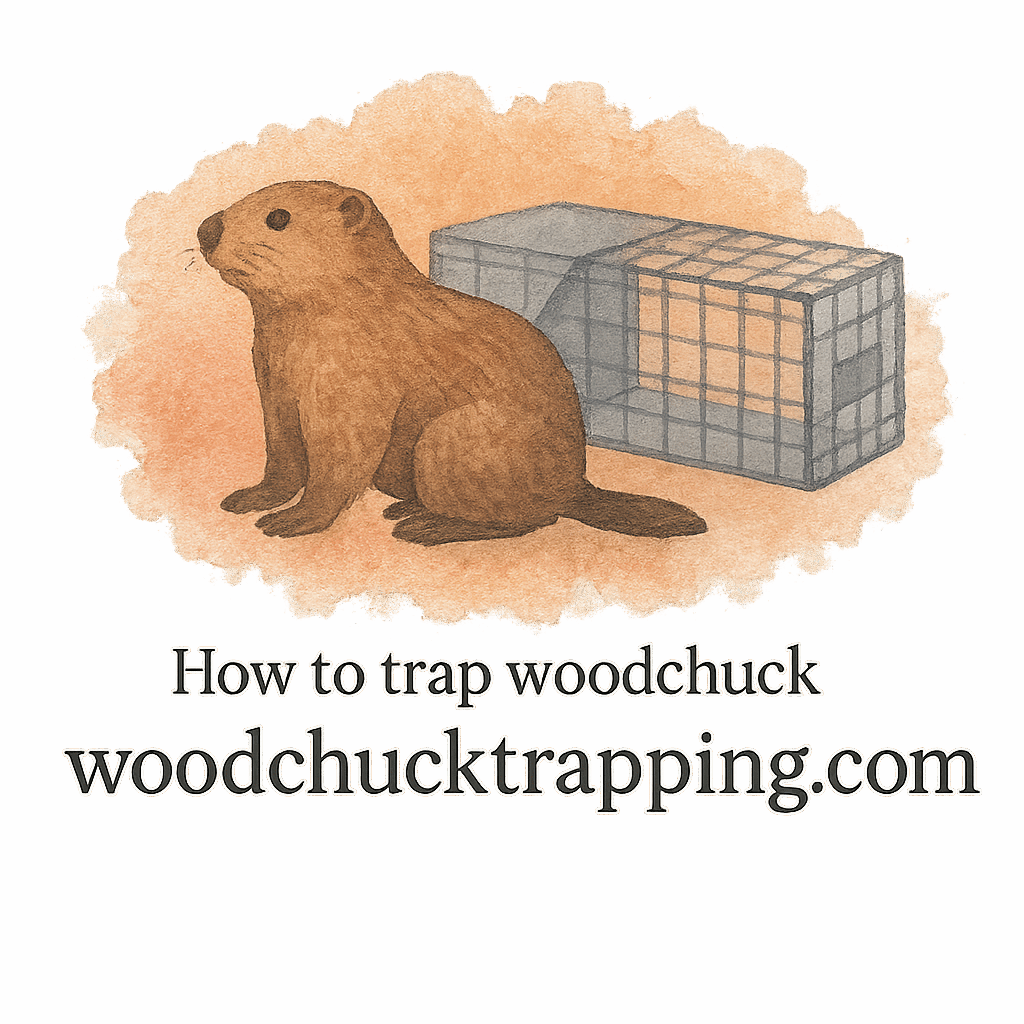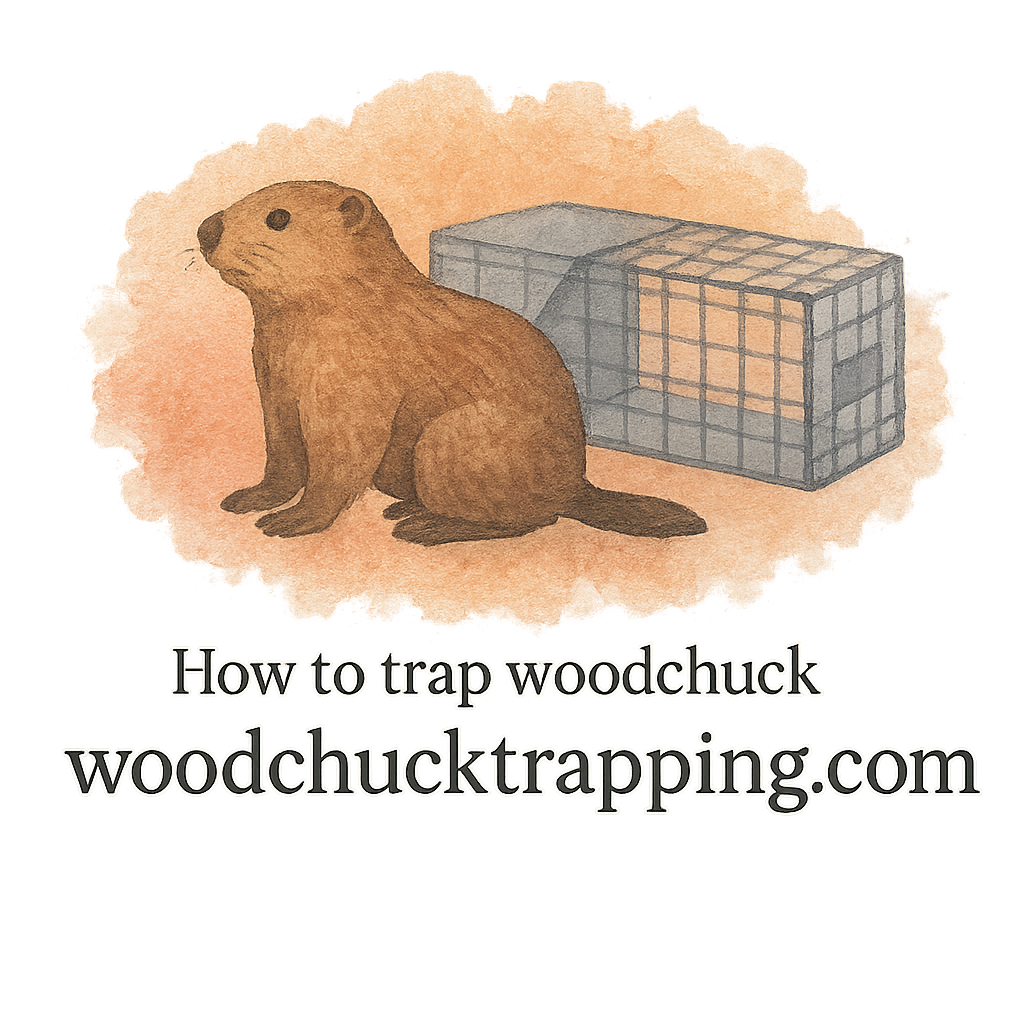Introduction
If you’ve ever stepped into your yard only to see tunnels, chewed plants, or mounds of dirt, chances are you’ve got a woodchuck problem. Also known as groundhogs, woodchucks can cause serious damage if left unchecked. Luckily, you don’t need to feel helpless. In this guide, we’ll cover 7 expert tips for successful woodchuck trapping techniques that not only help you catch these burrowing animals but also prevent future infestations.
Understanding Woodchucks
What Are Woodchucks?
Woodchucks, or groundhogs, belong to the rodent family and are expert diggers. Their burrows can stretch several feet underground, creating complex tunnel systems. While they might look harmless, these furry diggers can wreak havoc on gardens, lawns, and even building foundations.
Signs of a Woodchuck Infestation
Before trapping begins, you need to confirm whether you’re dealing with woodchucks.
Burrows and Yard Damage
One of the most obvious signs is the presence of burrows near gardens, fences, or sheds. Fresh dirt piles are a dead giveaway that a woodchuck has taken up residence. Learn more about identifying burrows and preventing yard damage.
Feeding Habits
Woodchucks love vegetables, fruits, and ornamental plants. If you notice bite marks on your garden produce or missing seedlings, you may have an infestation. Check out this resource on spotting early signs of damage.
Why Trapping Is Necessary
Preventing Property Damage
Woodchucks are notorious for undermining structures. Their tunnels can weaken the ground beneath sheds, decks, and patios. Effective trapping techniques help stop destruction before it spreads.
Balancing Humane and Effective Solutions
While getting rid of woodchucks is important, you’ll also want to focus on humane methods. Humane traps and safe handling practices ensure both effectiveness and responsibility.
Preparing for Woodchuck Trapping
Choosing the Right Trap
Your success often comes down to using the right trap.
Compact Traps for Small Yards
If you live in a neighborhood with limited space, opt for compact traps. They’re easy to place in tight spots near burrows.
Heavy-Duty Trap Gear
For larger properties, sturdy trap gear is essential. Strong materials ensure woodchucks can’t escape once trapped.
Essential Tools and Safety Gear
Gloves and Handling Equipment
Always wear proper gloves when setting and handling traps. This protects you and minimizes human scent on the equipment.
Understanding Local Laws and Safety
Check laws and safety regulations in your area. In some regions, relocation may not be legal, so knowing the rules keeps you compliant.

7 Expert Tips for Successful Woodchuck Trapping
Tip 1: Identify Signs Early
Catching a woodchuck starts with recognizing early infestation signals. The sooner you act, the higher your chances of success.
Tip 2: Select the Right Bait and Lure
Using the right baiting and luring techniques is crucial. Fresh fruits like apples and vegetables such as carrots work best. For an extra edge, add a specialized lure.
Tip 3: Position Traps Near Burrows
Placing traps close to active burrows increases the likelihood of success. Woodchucks tend to follow the same paths daily, making location key.
Tip 4: Use Trap Scent to Minimize Human Odor
Mask your presence with trap scent. Woodchucks have a sharp sense of smell, and any hint of human odor could make them cautious.
Tip 5: Monitor and Check Traps Regularly
Never set and forget. Check traps daily to ensure you don’t leave a trapped animal suffering for long.
Tip 6: Practice Humane Handling
Once caught, always follow humane handling techniques. Safe release or relocation should be done carefully and in line with local regulations.
Tip 7: Focus on Prevention After Capture
Trapping solves the immediate problem, but long-term success comes from prevention. Visit prevention and damage control to learn effective strategies.
Common Mistakes to Avoid
Using the Wrong Equipment
Cheap or poorly built traps may not hold up. Investing in quality equipment saves time and frustration.
Ignoring Safety Precautions
Trapping isn’t without risks. Forgetting basic safety steps can lead to injuries or legal trouble.
Neglecting Yard Damage Prevention
Don’t stop after trapping. Without proper techniques to protect your garden, new woodchucks might move in.
Long-Term Prevention Strategies
Securing Garden and Property
Install fencing, seal crawl spaces, and reinforce weak spots to keep future woodchucks out.
Reducing Attractants
Remove fallen fruit, secure trash bins, and trim overgrown plants. These simple steps reduce the chances of attracting woodchucks again.
Conclusion
Trapping woodchucks may seem challenging, but with the right tools, knowledge, and strategies, it’s absolutely manageable. By following these 7 expert tips for successful woodchuck trapping techniques, you’ll not only solve the immediate issue but also protect your property from future problems. Remember: success comes from preparation, patience, and prevention.
FAQs
1. What is the best bait for woodchuck trapping?
Fresh vegetables and fruits like apples, carrots, and lettuce are highly effective. For added results, use scent bait.
2. Are woodchuck traps safe to use in small yards?
Yes, especially when you use compact traps designed for limited spaces.
3. How often should I check my traps?
Daily checks are recommended to avoid unnecessary stress for the trapped animal.
4. Can I relocate a trapped woodchuck?
This depends on local laws and safety regulations. Always check before relocating.
5. How do I keep woodchucks from coming back?
Focus on prevention by securing your yard, reducing food sources, and sealing burrow entrances.
6. Are humane traps effective?
Absolutely. Humane trapping ensures the animal is caught without injury while still being effective.
7. Do I need special tools for woodchuck trapping?
Yes, investing in quality trapping essentials like gloves, scent control, and reliable traps makes the process smoother and safer.


